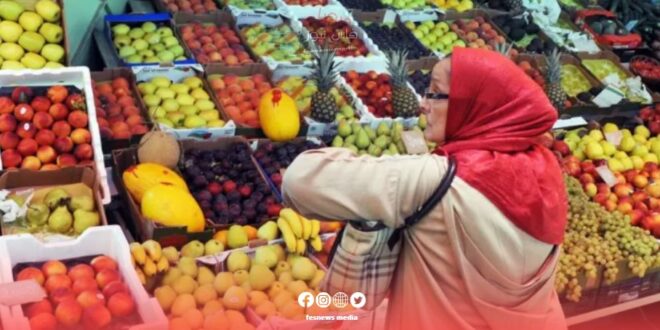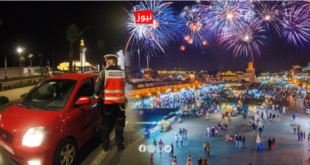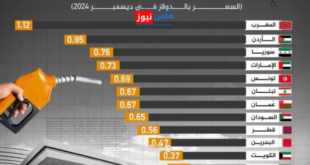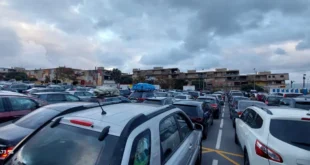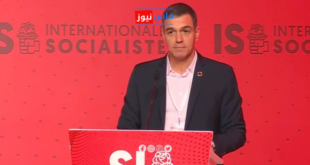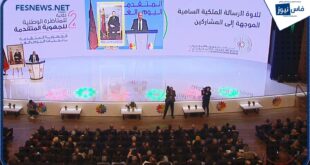A recent study by the High Commission for Planning revealed an increase in the percentage of food spending for Moroccan households from 37% in 2014 to 38.2% in 2022, reversing the downward trend that had prevailed for decades.
Results from the “National Household Living Standards Survey 2022” showed that this increase covered both urban and rural areas, while remaining below the 2007 level (40.6%).
The report highlighted an inverse relationship between living standards and food expenditure, with the least affluent group spending 50% of their budget on food, compared to 30% for the wealthiest group.
Regarding non-food expenditures, there was an increase in spending on housing, energy, hygiene, and communications, while spending on leisure, culture, household equipment, transportation, and medical care decreased.
The study pointed to significant disparities in spending between social groups, especially in areas of transportation, health, education, and leisure, where expenditures of the wealthiest group exceed those of the least affluent by multiple folds.
This survey is the fourth of its kind and included a sample of 18,000 households over a full year, taking into account seasonal changes and social and religious occasions that affect consumption patterns and household income.
 فاس نيوز ميديا جريدة الكترونية جهوية تعنى بشؤون و أخبار جهة فاس مكناس – متجددة على مدار الساعة
فاس نيوز ميديا جريدة الكترونية جهوية تعنى بشؤون و أخبار جهة فاس مكناس – متجددة على مدار الساعة

